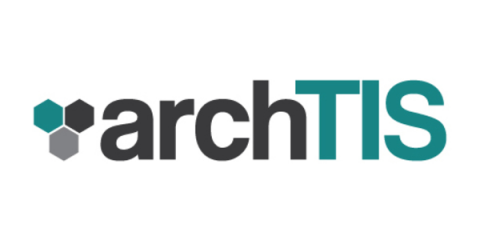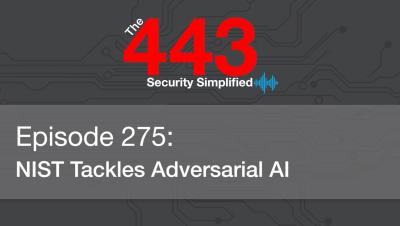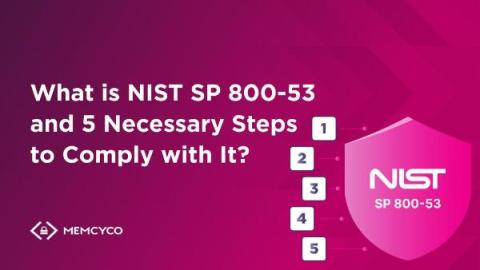Introducing NIST AI RMF: Monitor and mitigate AI risk
The pace and complexity of AI technologies is increasing every day. In this rapidly changing environment, it’s critical for companies to adopt a rigorous approach to safely and responsibly incorporating AI into their products and processes. That’s why we’re excited to announce that the NIST AI Risk Management Framework (RMF) is now available in beta.











